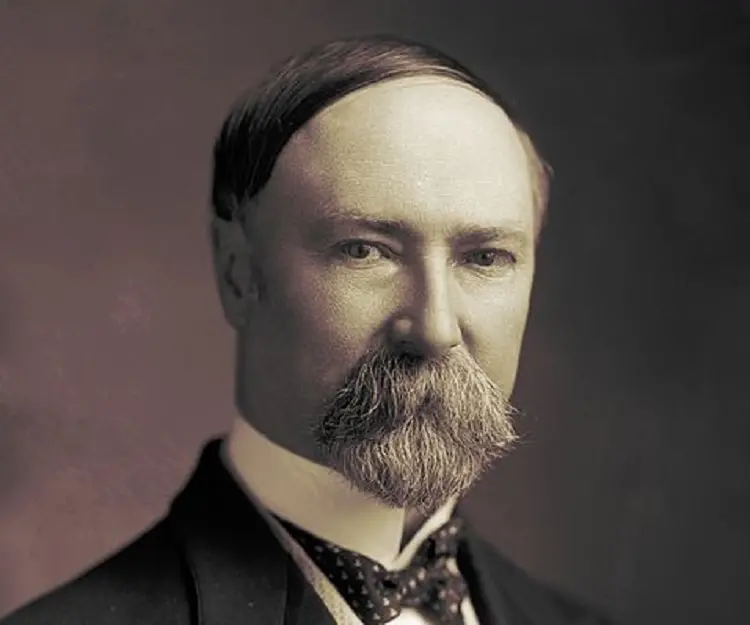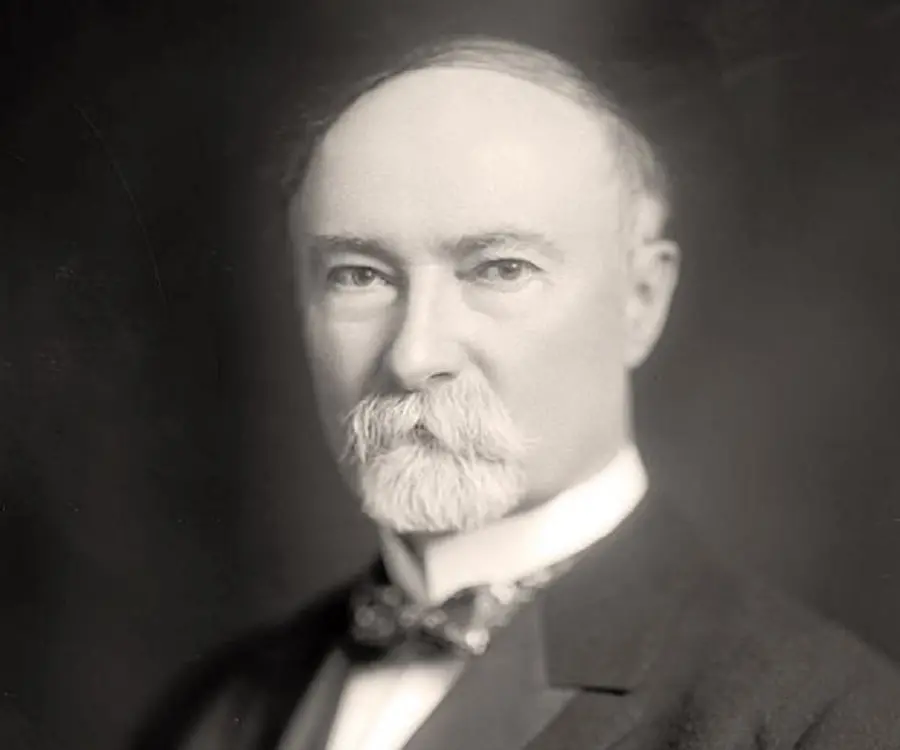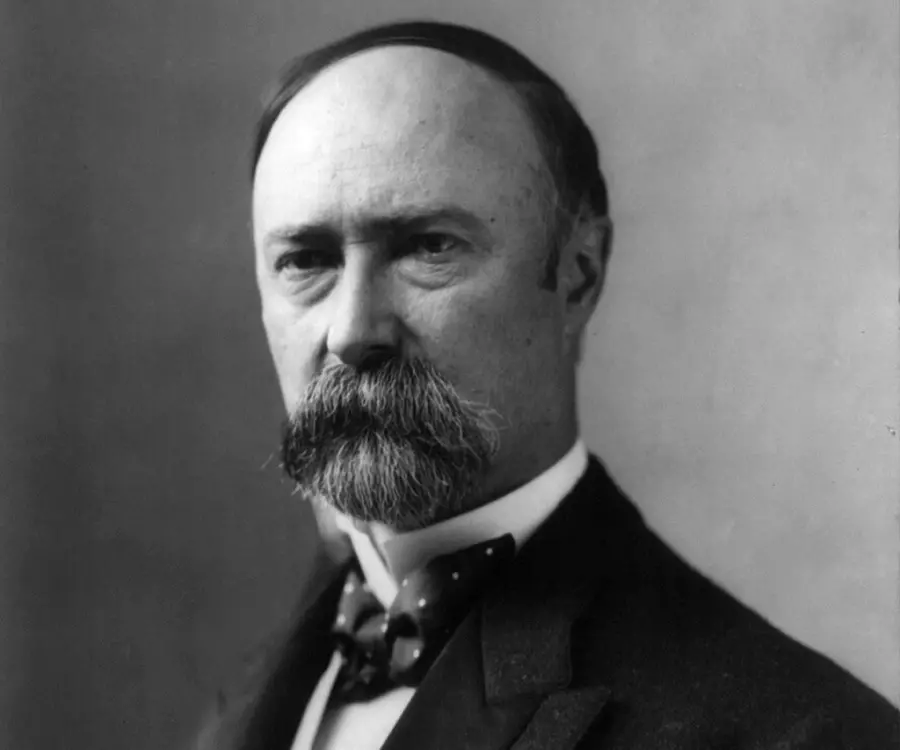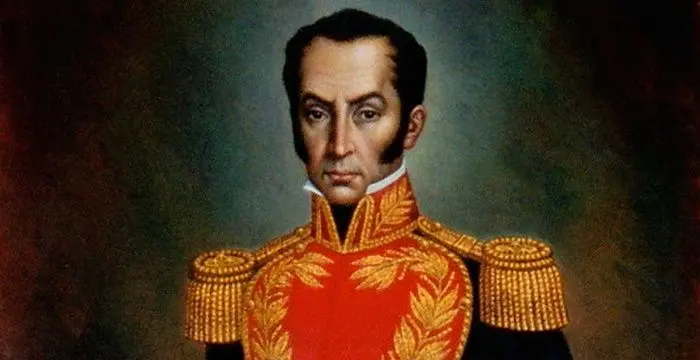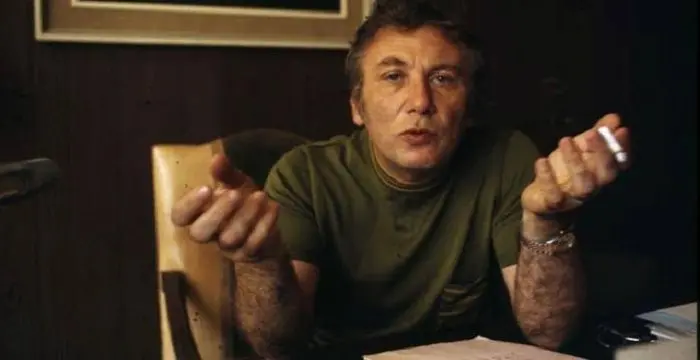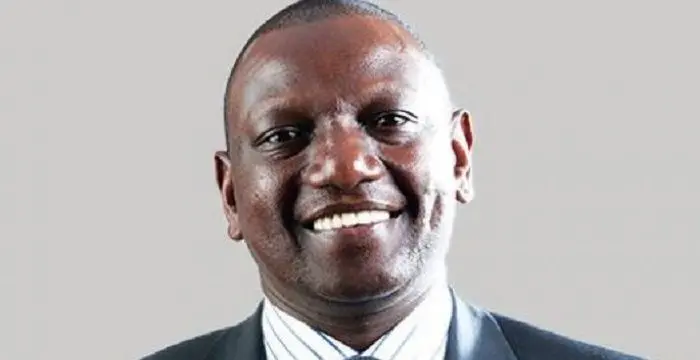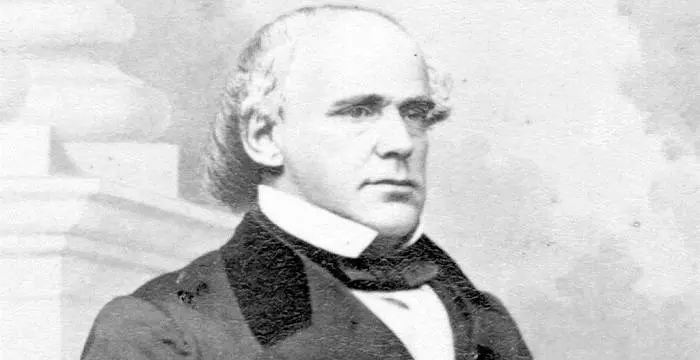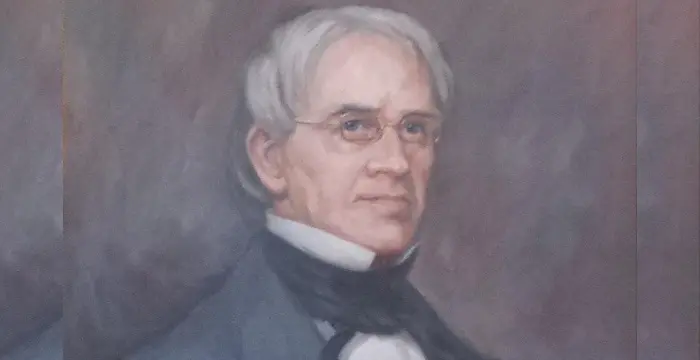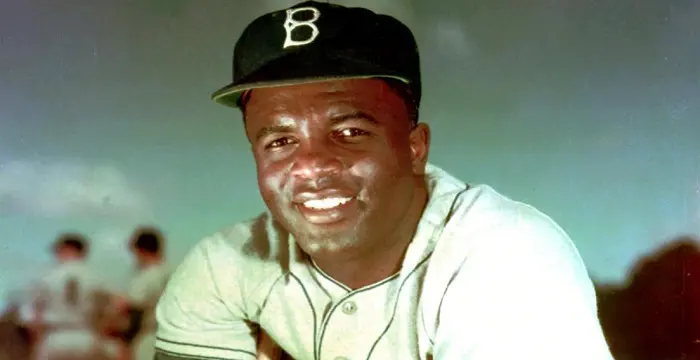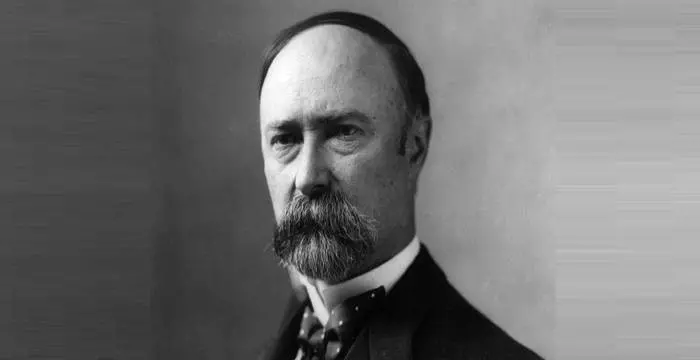
Charles W. Fairbanks - Former American Senator, Birthday and Facts
Charles W. Fairbanks's Personal Details
Charles Warren Fairbanks was a US Senator who served as the 26th Vice President of United States
| Information | Detail |
|---|---|
| Birthday | May 11, 1852 |
| Died on | June 4, 1918 |
| Nationality | American |
| Famous | Republicans, Leaders, Political Leaders, Former American Senator |
| Ideologies | Republicans |
| Spouses | Cornelia Cole Fairbanks |
| Known as | Charles Fairbanks |
| Universities |
|
| Birth Place | Unionville Center |
| Political Ideology | Political party - Republican |
| Gender | Male |
| Sun Sign | Taurus |
| Born in | Unionville Center |
| Famous as | Former American senator |
| Died at Age | 66 |
// Famous Former American Senator
Edward Everett
Edward Everett was an American politician, educator, pastor and diplomat who served as a U.S. Representative, Senator, Governor of Massachusetts, Minister to Great Britain and the Secretary of State.
Charles W. Fairbanks's photo
Who is Charles W. Fairbanks?
Charles Warren Fairbanks was an American politician who served as the 26th Vice President of America from 1905 to 1909. He also served as the United States Senator from Indiana from 1897 to 1904. Though he held important offices in his lifetime, for much of his life, Fairbanks remained in political shadow of William McKinley and Theodore Roosevelt. His administrative skills and conservative thinking made him an important member of the Senate and an influential politician, but it did not help him rise up to the office of the President. During the early years of his career, Fairbanks started off as a lawyer but soon found his real calling in politics. He became a member of the Republican Party and steadily worked his way to dominate the political scene under McKinley administration. However, the untimely death of McKinley and subsequent appointment of Roosevelt shattered all dreams of Fairbanks of attaining the nation’s highest office. He, as such, compromised with the Vice President post. His political career plummeted during Roosevelt’s presidency as the two shared irrevocable differences. In 1916, Fairbanks unsuccessfully attempted for a Presidential nomination yet again but managed the seat for Vice Presidential nomination only. The Republican Party’s defeat in 1916 elections led him to retire from public life for good. Fairbanks spent the last days of his life, practicing law
// Famous Leaders
Edi Rama
Edi Rama is the current Prime Minister of Albania. Check out this biography to know about his childhood, life, achievements, works & timeline.
Tecumseh
Tecumseh was a Native American leader of the Shawnee clan. This biography profiles his childhood, life and timeline.
Khalifa bin Zayed Al Nahyan
Sheikh Khalifa bin Zayed Al Nahyan is the current President of the United Arab Emirates (UAE). Check out this biography to know about his birthday, childhood, family life, achievements and fun facts about him.
Childhood & Early Life
Charles Warren Fairbanks was born on May 11, 1852 to Loriston Fairbanks and Mary Adelaide Smith, in Ohio. While his father was a wagon-maker by profession, his mother was an advocate.
Young Fairbanks spent his early days attending country schools and working on the farm. A bright student, he excelled at his studies and later attended Ohio Wesleyan University. He graduated in 1872.
Upon graduation, Fairbanks attended Cleveland Law College. His excellence at studies helped him complete his course and pass the bar within just six months.
Career
Fairbanks first ever job was as an agent for Associated Press in Pittsburgh, Pennsylvania. A political reporter, he conveyed information on political rallies for Horace Greeley.
In 1874, Fairbanks moved to Indianapolis. Same year, he officially began his career as an attorney for Chesapeake and Ohio railroad system. His career flourished, as he made a name for himself as a railroad financier, effectively managing bankrupt Indianapolis, Bloomington and Western Railroad. His excellence at his work earned him attention of Indiana's Republican Party.
By the late1880s, Fairbanks made his entry into politics. The 1892 victory of the Democrats gave Fairbanks an opportunity to strengthen his place in the Republican Party as he helped in rebuilding the party. Same year, he befriended William McKinley, governor of Ohio. This friendship proved beneficial for both the men.
His first attempt for the office of the United States Senate in 1893 turned out to be a failure. However, undeterred, he tried yet again and in 1896 was finally elected as a Republican for the United States Senate. He assumed office on March 4, 1897.
As a senator, Fairbanks proved to be quite competent. He first served as the Chairman of the Immigration Committee before taking up chairmanship of the Committee on Public Buildings and Grounds. In both the offices, he functioned exceedingly well.
In 1898, he supported President William McKinley in the Spanish-American War and served as the key adviser to the latter. He was appointed as a member of the United States and British Joint High Commission that essentially met to decide the US-Canadian boundary dispute about Alaska.
As a senator, Fairbanks popularity only heightened. He stuck to the party policies and was respected by the party officials for his calm demeanour and conventional thinking. He strongly defended McKinley administration and was well-admired by preeminent Republicans. Due to this, he became a natural choice as the successor for McKinley.
In 1900, when Ohio Senator, Mark Hanna, offered Fairbanks name as the contender for the Vice-Presidential seat, he declined the proposal as he aimed for nothing less than the Presidential chair. He preferred remaining as a Senate instead.
Fairbanks escalating political career steeply plummeted after the tragic and untimely death of President McKinley. The eventual succession of Theodore Roosevelt changed Fairbanks political fortune drastically. Though the former took ahead deceased McKinley’s policies further, Fairbanks role in presidential matters reduced significantly.
The phase after McKinley’s death proved detrimental for Fairbanks. Unlike during McKinley’s administration when Fairbanks enjoyed ample attention and popularity as the former’s key adviser, Roosevelt, under his administration, dominated the news leaving no scope for the former. Adding to the woes was the appointment of a young Indiana activist, Albert J Beveridge in the Senate. Beveridge became a major threat for Fairbanks as his radical policies gained much limelight.
During the 1904 elections, Fairbanks secured himself the Republican ticket for the office of the Vice President. He had, by then, realized that the presidential office was far from being a reality. As such, he compromised to make himself available for the Vice Presidential office.
In the 1904 Presidential elections, Republicans won by a landslide victory. While Roosevelt continued in his office of the President, Fairbanks took up the post of the Vice President. As the Vice President, Fairbanks spent much of his time presiding over the Senate. He took part in Roosevelt’s ambitious legislative program and worked effectively to bury unwanted legislation in hostile committees in the Senate.
During his vice-presidency, Fairbanks spent a considerable amount of time trying to secure the Republican presidential nomination in 1908 but in vain. President Roosevelt broke down all rumors by choosing not to seek re-election. Roosevelt, in turn, chose William Howard Taft as his successor, thus crushing down all hopes of Fairbanks for a Presidential office.
William Howard Taft’s appointment as the President and James Sherman’s as the Vice President in 1908 marked an end to Fairbanks political career. He resumed his practice of law, maintaining a low profile in the politics. In 1912, he supported Taft's re-election and in 1914 came to prominence once again as an advocator of party unity.
In 1916, Fairbanks, for the last time, unsuccessfully attempted the Republican presidential nomination. However, he did win the nomination for the Vice President as the running mate to Charles Evans Hughes. Nevertheless, the election turned out in favour of the Democrats as Hughes and Fairbanks lost to Woodrow Wilson and Thomas Marshall in close election.
Following the defeat in the 1916 election, Fairbanks retired to private life, practicing law in Indianapolis. During the last days of his life, he suffered from frail health.
Personal Life & Legacy
Fairbanks married his childhood sweetheart Cornelia Cole on October 6 1874. Immediately after the wedding, the couple shifted to Indianapolis, Indiana.
Fairbanks breathed his last on June 4, 1918 due to nephritis. He was buried at Crown Hill Cemetery.
Posthumously, numerous places have been named after him, including city of Fairbanks Alaska, Fairbanks School District in Union County Ohio, Fairbanks Minnesota, Fairbanks Oregon, and Fairbanks Township Michigan and so on.
// Famous Political Leaders
Edi Rama
Edi Rama is the current Prime Minister of Albania. Check out this biography to know about his childhood, life, achievements, works & timeline.
Khalifa bin Zayed Al Nahyan
Sheikh Khalifa bin Zayed Al Nahyan is the current President of the United Arab Emirates (UAE). Check out this biography to know about his birthday, childhood, family life, achievements and fun facts about him.
Leo Varadkar
Cam Leo Varadkar is the current Taoiseach—the Prime Minister—of the Republic of Ireland. Check out this biography to know about his childhood, family life, achievements and other facts about his life.
Charles W. Fairbanks biography timelines
- // 11th May 1852Charles Warren Fairbanks was born on May 11, 1852 to Loriston Fairbanks and Mary Adelaide Smith, in Ohio. While his father was a wagon-maker by profession, his mother was an advocate.
- // 1872Young Fairbanks spent his early days attending country schools and working on the farm. A bright student, he excelled at his studies and later attended Ohio Wesleyan University. He graduated in 1872.
- // 1874In 1874, Fairbanks moved to Indianapolis. Same year, he officially began his career as an attorney for Chesapeake and Ohio railroad system. His career flourished, as he made a name for himself as a railroad financier, effectively managing bankrupt Indianapolis, Bloomington and Western Railroad. His excellence at his work earned him attention of Indiana's Republican Party.
- // 6th Oct 1874Fairbanks married his childhood sweetheart Cornelia Cole on October 6 1874. Immediately after the wedding, the couple shifted to Indianapolis, Indiana.
- // 1892By the late1880s, Fairbanks made his entry into politics. The 1892 victory of the Democrats gave Fairbanks an opportunity to strengthen his place in the Republican Party as he helped in rebuilding the party. Same year, he befriended William McKinley, governor of Ohio. This friendship proved beneficial for both the men.
- // 1898In 1898, he supported President William McKinley in the Spanish-American War and served as the key adviser to the latter. He was appointed as a member of the United States and British Joint High Commission that essentially met to decide the US-Canadian boundary dispute about Alaska.
- // 1900In 1900, when Ohio Senator, Mark Hanna, offered Fairbanks name as the contender for the Vice-Presidential seat, he declined the proposal as he aimed for nothing less than the Presidential chair. He preferred remaining as a Senate instead.
- // 1904During the 1904 elections, Fairbanks secured himself the Republican ticket for the office of the Vice President. He had, by then, realized that the presidential office was far from being a reality. As such, he compromised to make himself available for the Vice Presidential office.
- // 1904In the 1904 Presidential elections, Republicans won by a landslide victory. While Roosevelt continued in his office of the President, Fairbanks took up the post of the Vice President. As the Vice President, Fairbanks spent much of his time presiding over the Senate. He took part in Roosevelt’s ambitious legislative program and worked effectively to bury unwanted legislation in hostile committees in the Senate.
- // 1908During his vice-presidency, Fairbanks spent a considerable amount of time trying to secure the Republican presidential nomination in 1908 but in vain. President Roosevelt broke down all rumors by choosing not to seek re-election. Roosevelt, in turn, chose William Howard Taft as his successor, thus crushing down all hopes of Fairbanks for a Presidential office.
- // 1916In 1916, Fairbanks, for the last time, unsuccessfully attempted the Republican presidential nomination. However, he did win the nomination for the Vice President as the running mate to Charles Evans Hughes. Nevertheless, the election turned out in favour of the Democrats as Hughes and Fairbanks lost to Woodrow Wilson and Thomas Marshall in close election.
- // 1916Following the defeat in the 1916 election, Fairbanks retired to private life, practicing law in Indianapolis. During the last days of his life, he suffered from frail health.
- // 4th Jun 1918Fairbanks breathed his last on June 4, 1918 due to nephritis. He was buried at Crown Hill Cemetery.
// Famous Republicans
Simon Bolivar
Simón Bolívar was a Venezuelan military leader who was instrumental in independence of several Latin American countries from the Spanish rule. This biography profiles his childhood, life, achievements and timeline.
Nizar Qabbani
Nizar Qabbani was a poet, and is one among the most honoured men in the Arab Literary world. This biography provides detailed information about his childhood, career, profile and timeline.
William Ruto
William Ruto is a politician who hails from Kenya and is the first Deputy President of the Republic of Kenya. This biography provides detailed information about his childhood, Profile, career and timeline
Salmon P. Chase
Salmon Portland Chase was an American jurist and politician and served as the sixth Chief Justice of the United States. This biography of Salmon Portland Chase profiles his childhood, life, career, achievements and timeline.
Horace Mann
Horace Mann was an American education reformer and politician. This biography of Horace Mann profiles his childhood, life, works, achievements and timeline.
Jackie Robinson
Jackie Robinson was the first African-American to play in the Major League Baseball (MLB). Read about his childhood, achievements, life and timeline in this biography.
Charles W. Fairbanks's FAQ
What is Charles W. Fairbanks birthday?
Charles W. Fairbanks was born at 1852-05-11
When was Charles W. Fairbanks died?
Charles W. Fairbanks was died at 1918-06-04
Where was Charles W. Fairbanks died?
Charles W. Fairbanks was died in Indianapolis
Which age was Charles W. Fairbanks died?
Charles W. Fairbanks was died at age 66
Where is Charles W. Fairbanks's birth place?
Charles W. Fairbanks was born in Unionville Center
What is Charles W. Fairbanks nationalities?
Charles W. Fairbanks's nationalities is American
What is Charles W. Fairbanks ideologies?
Charles W. Fairbanks's ideologies is Republicans
Who is Charles W. Fairbanks spouses?
Charles W. Fairbanks's spouses is Cornelia Cole Fairbanks
What was Charles W. Fairbanks universities?
Charles W. Fairbanks studied at Ohio Wesleyan University
What is Charles W. Fairbanks's political ideology?
Charles W. Fairbanks's political ideology is Political party - Republican
What is Charles W. Fairbanks's sun sign?
Charles W. Fairbanks is Taurus
How famous is Charles W. Fairbanks?
Charles W. Fairbanks is famouse as Former American senator

